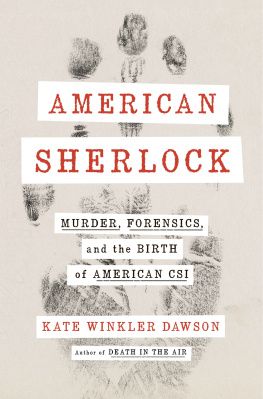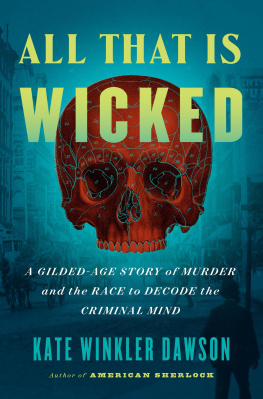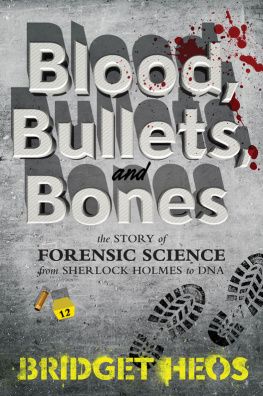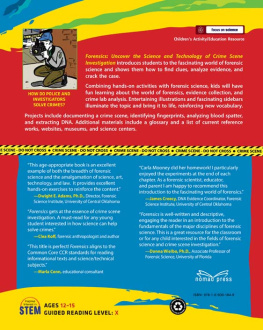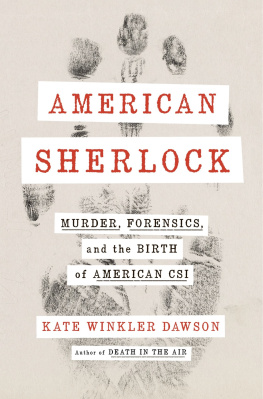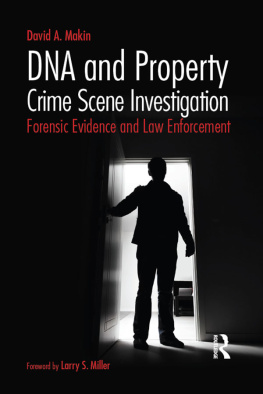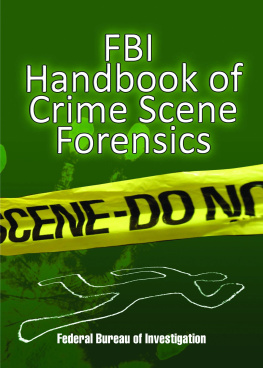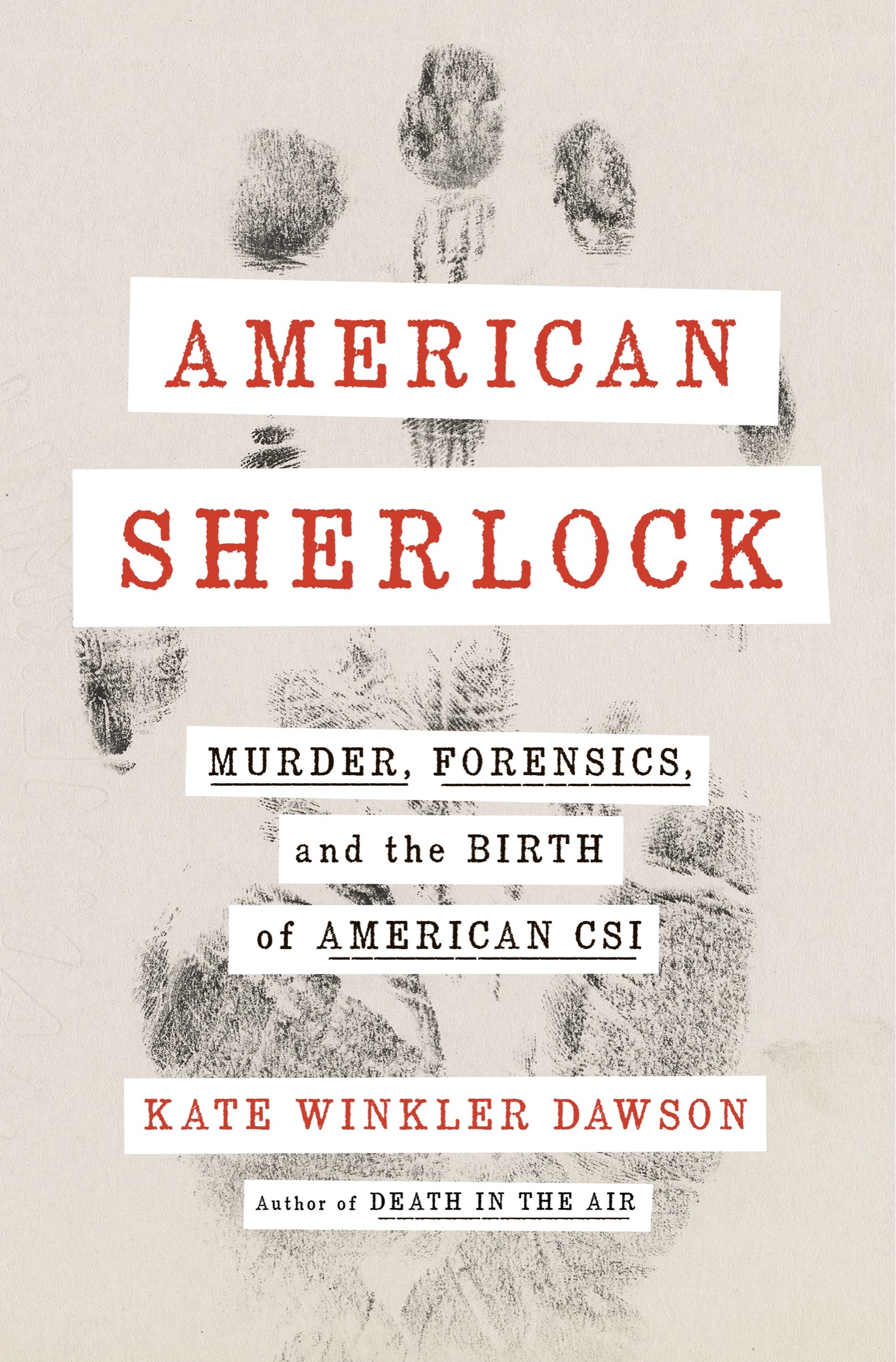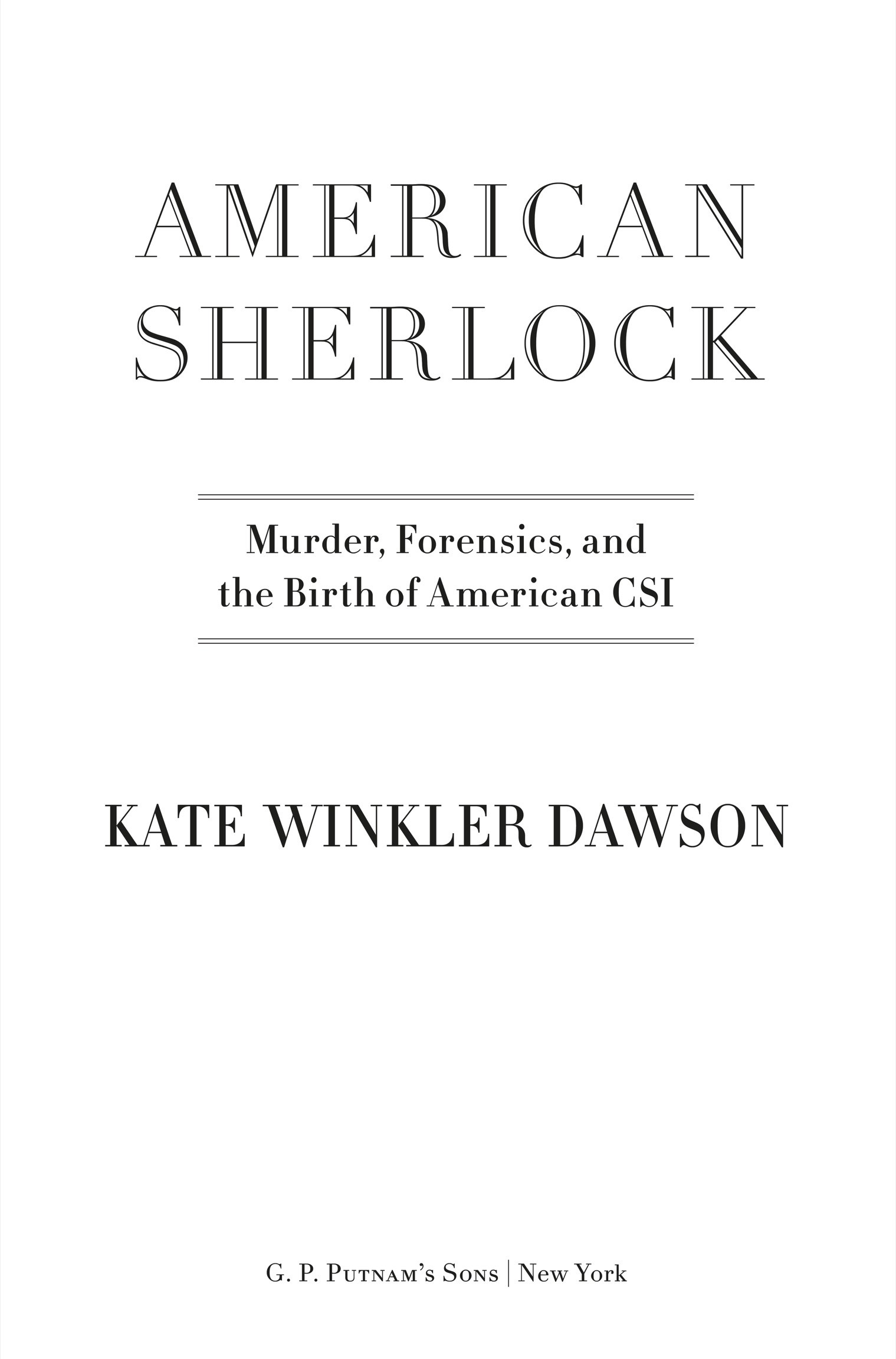Dawson Kate Winkler - American Sherlock murder, forensics,and the birth of American CSI
Here you can read online Dawson Kate Winkler - American Sherlock murder, forensics,and the birth of American CSI full text of the book (entire story) in english for free. Download pdf and epub, get meaning, cover and reviews about this ebook. City: United States, year: 2020, publisher: G.P. Putnams Sons;Penguin Publishing Group, genre: Non-fiction. Description of the work, (preface) as well as reviews are available. Best literature library LitArk.com created for fans of good reading and offers a wide selection of genres:
Romance novel
Science fiction
Adventure
Detective
Science
History
Home and family
Prose
Art
Politics
Computer
Non-fiction
Religion
Business
Children
Humor
Choose a favorite category and find really read worthwhile books. Enjoy immersion in the world of imagination, feel the emotions of the characters or learn something new for yourself, make an fascinating discovery.
- Book:American Sherlock murder, forensics,and the birth of American CSI
- Author:
- Publisher:G.P. Putnams Sons;Penguin Publishing Group
- Genre:
- Year:2020
- City:United States
- Rating:3 / 5
- Favourites:Add to favourites
- Your mark:
American Sherlock murder, forensics,and the birth of American CSI: summary, description and annotation
We offer to read an annotation, description, summary or preface (depends on what the author of the book "American Sherlock murder, forensics,and the birth of American CSI" wrote himself). If you haven't found the necessary information about the book — write in the comments, we will try to find it.
Berkeley, California, 1933. In a lab filled with curiosities--beakers, microscopes, Bunsen burners, and hundreds upon hundreds of books--sat an investigator who would go on to crack at least two thousand cases in his forty-year career. Known as the American Sherlock Holmes, Edward Oscar Heinrich was one of Americas greatest--and first--forensic scientists, with an uncanny knack for finding clues, establishing evidence, and deducing answers with a skill that seemed almost supernatural.
Heinrich was one of the nations first expert witnesses, working in a time when the turmoil of Prohibition led to sensationalized crime reporting and only a small, systematic study of evidence. However with his brilliance, and commanding presence in both the courtroom and at crime scenes, Heinrich spearheaded the invention of a myriad of new forensic tools that police still use today, including blood spatter analysis, ballistics, lie-detector tests, and the use of fingerprints as courtroom evidence. His work, though not without its serious--some would say fatal--flaws, changed the course of American criminal investigation.
Based on years of research and thousands of never-before-published primary source materials,American Sherlockcaptures the life of the man who pioneered the science our legal system now relies upon--as well as the limits of those techniques and the very human experts who wield them.
Dawson Kate Winkler: author's other books
Who wrote American Sherlock murder, forensics,and the birth of American CSI? Find out the surname, the name of the author of the book and a list of all author's works by series.

